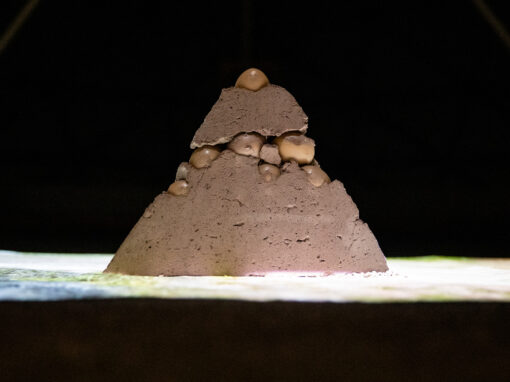JUCA
2019, Curta-metragem Short Film, 29min
Nos meus primeiros anos no Urubu, fiz caminhadas e pedalei à noite, fotografando ou não, às vezes acompanhado de algum amigo ou amiga, às vezes com Sputinik, cachorro já falecido, e várias vezes sozinho. Quando conheci Juca, me encantei por poder compartilhar com alguém o mesmo objetivo de pedalar e fotografar à noite, o que nos motivou a fundar o Pedal da Lua Cheia, em que nos juntamos a cada mês para passeios pela região, em meio à vegetação do cerrado, guiados pela luz da lua e sem o auxílio de iluminação artificial. Nossas pupilas dilatam e conseguimos ver. O pedal e Juca me proporcionaram percorrer mais e mais a superfície da região, não só do Córrego do Urubu, mas por trilhas no Taquari, Jerivá, Palha e outros núcleos rurais da Serrinha do Paranoá. Com os espaços novos percorridos, novos personagens surgiam. Pâmela, Will e Fernanda, amigos de infância de Juca, ingressavam nos pedais noturnos, sem que soubéssemos que em dois anos estaríamos filmando um curta-metragem no qual pude treiná-los a performar situações ficcionais inspiradas em nossas aventuras.
In my early years in Urubu, I went hiking and cycling at night, either photographing or not, sometimes accompanied by a friend, sometimes with Sputinik, a dog who has passed away, and several times alone. When I met Juca, I was delighted to be able to share with someone the same goal of cycling and photographing at night, which motivated us to start the “Full moon pedal”, in which we get together every month for tours in the region, amid the cerrado vegetation, guided only by the moonlight, without the aid of artificial lighting. Our pupils dilate and we can see. The pedal and Juca allowed me to travel more and more through the surface of the region, not only in Urubu, but on trails in Taquari, Jerivá, Palha and other rural areas of Serrinha do Paranoá. As new areas were experienced, new characters emerged. Pâmela, Will and Fernanda, Juca’s childhood friends, joined the night pedals, but we didn’t know then that, in two years, we would be shooting a short film in which I could train them to act out fictional situations inspired by our adventures.




Maurício Chades é um artista e cineasta originário de Gilbués-PI. Vive e trabalha entre o Distrito Federal, Alto Paraíso de Goiás e os Estados Unidos. Bacharel em Audiovisual e Mestre em Arte e Tecnologia pela Universidade de Brasília e Master in Fine Arts pela School of the Art Institute of Chicago. Em Brasília, participou dos coletivos Espaço AVI, Kinofogo Cineclube e NINHO – Coletivo de Pesquisa em Arte, Interatividade e Agroecologia. Seu trabalho, entre filme, instalação, escultura e performance, especula sobre futuros simbióticos, queer e anticoloniais. Criando ambientes sintrópicos e tecendo alianças multi-espécie, sua prática artística combina contação de história com agricultura restaurativa, compostagem e fungicultura. Seus trabalhos foram exibidos em festivais de cinema e exposições nacionais e internacionais, como a Mostra de Cinema de Tiradentes, Olhar de Cinema, Queer Lisboa e FILE – Festival Internacional de Linguagem Eletrônica. Em 2019, sua primeira exposição individual, Pirâmide, Urubu, estreou na Torre de TV Digital de Brasília, projeto premiado com o Frankenthaler Climate Art Awards em 2022. Em 2023 participou da Bienal Videobrasil com Cemitério Verde, filme premiado em primeiro lugar no e-Flux Film Award.
Maurício Chades is an artist and filmmaker from Brazil. His works, in film, installation, sculpture, and performance, speculate about anticolonial symbiotic futures and queer ecologies. Envisioning syntropic environments and multispecies alliances, his art practice combines storytelling with restorative agriculture, composting, and fungiculture. He holds a BA in Cinema Studies, an MA in Art and Technology from the University of Brasilia, and an MFA from the School of the Art Institute of Chicago. He participated in collective groups such as Espaço AVI, Kinofogo Cineclube, and NINHO - Collective for Research in Art, Interactivity, and Agroecology. His works were shown worldwide, like at Queer Lisbon, Curitiba International Film Festival, and FILE – Electronic Language International Festival. In 2019, he presented his first solo show, Pyramid, Urubu, at The Brasilia Digital TV Tower, receiving the Frankenthaler Climate Art Awards in 2022. In 2023, Chades was featured at the Biennial Sesc_Videobrasil. His most recent accomplishment was the first prize of the e-flux Film Award for Green Cemetery.

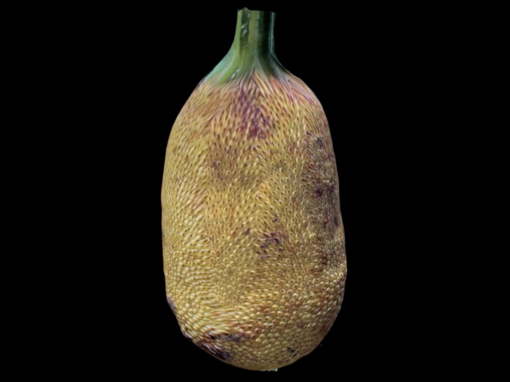
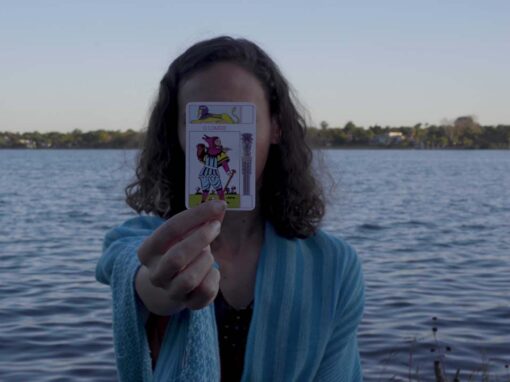

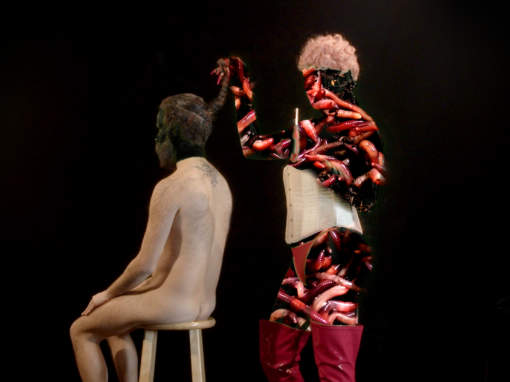
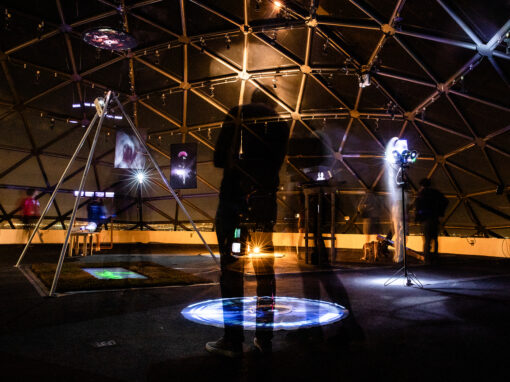
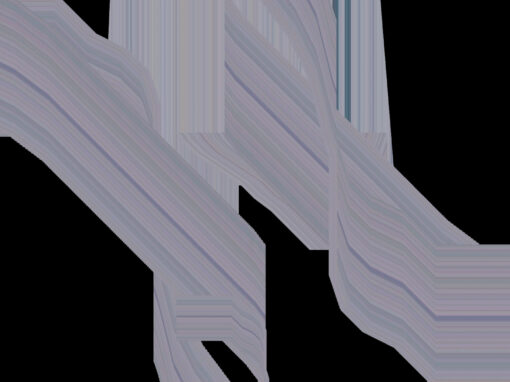

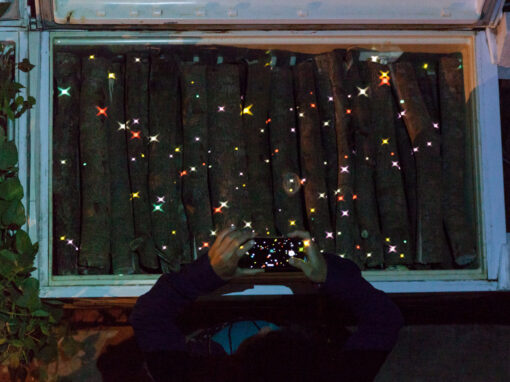
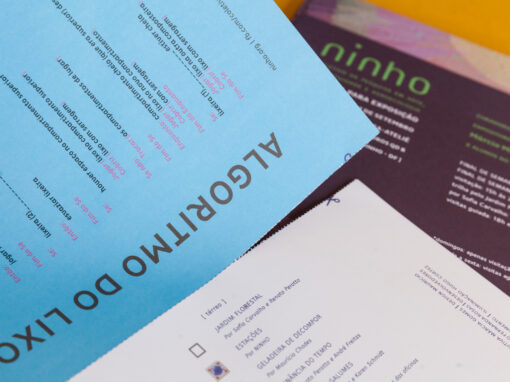
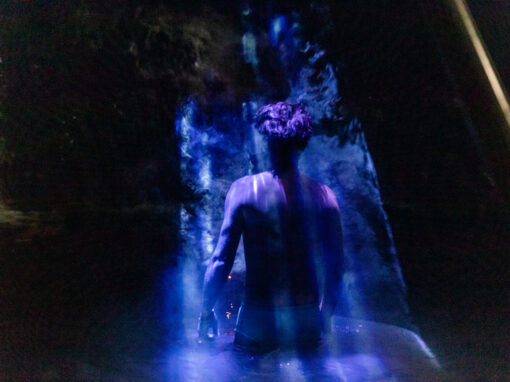
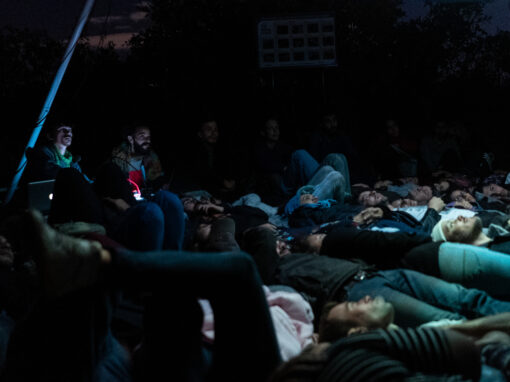
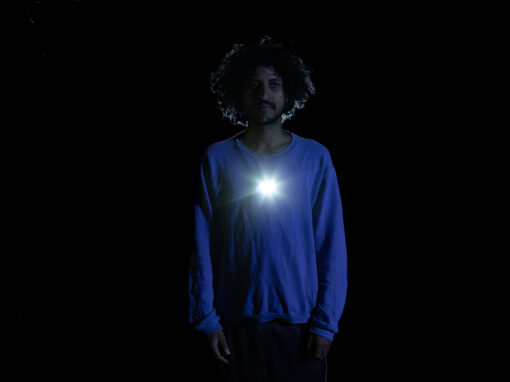

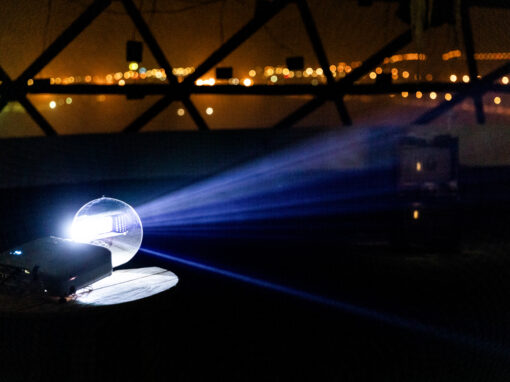
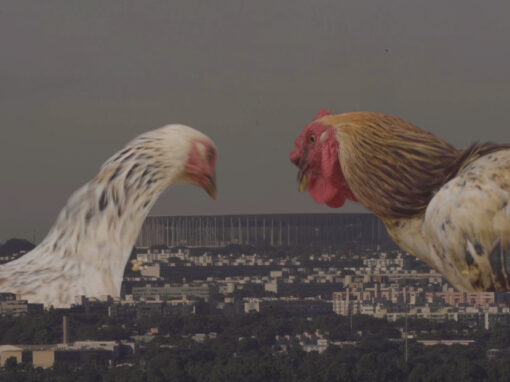

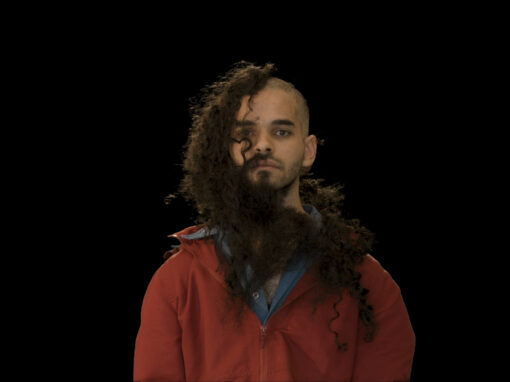
![TERRA[CAP]](https://www.mauriciochades.com/wp-content/uploads/2020/07/PirâmideUrubuJanineMoraes65-510x382.jpg)




